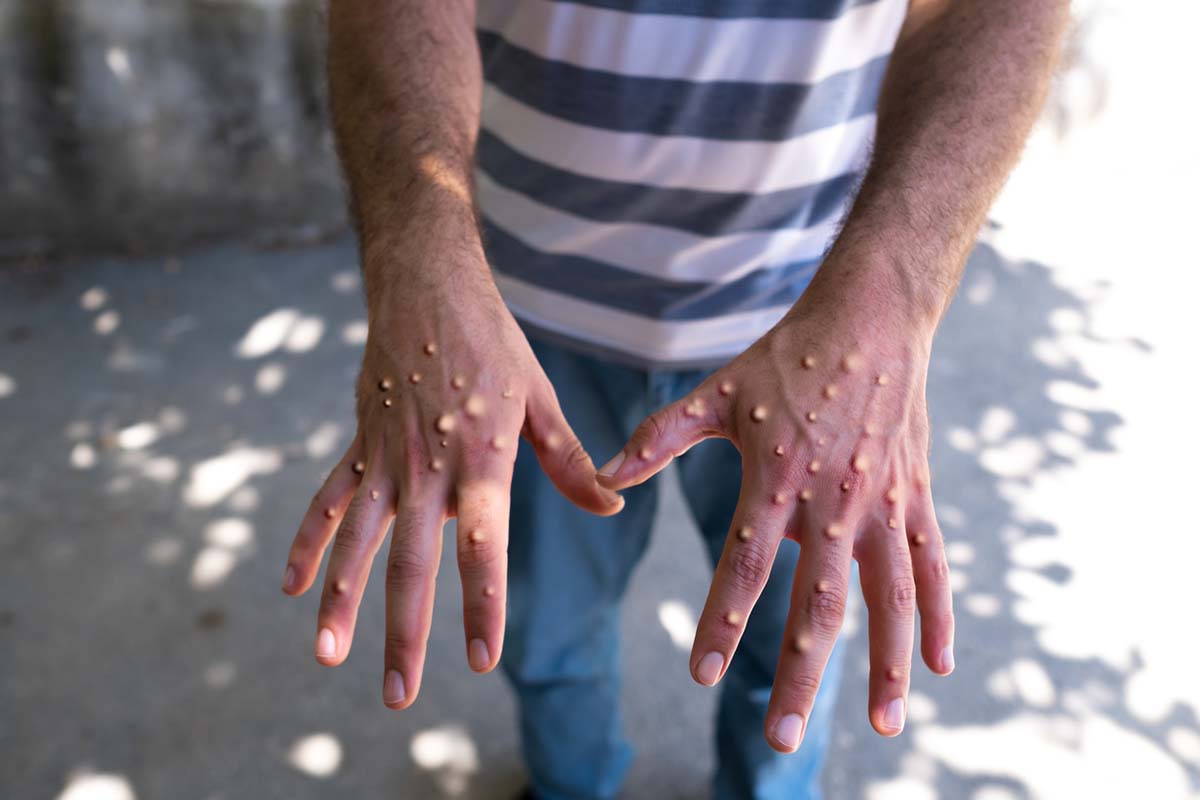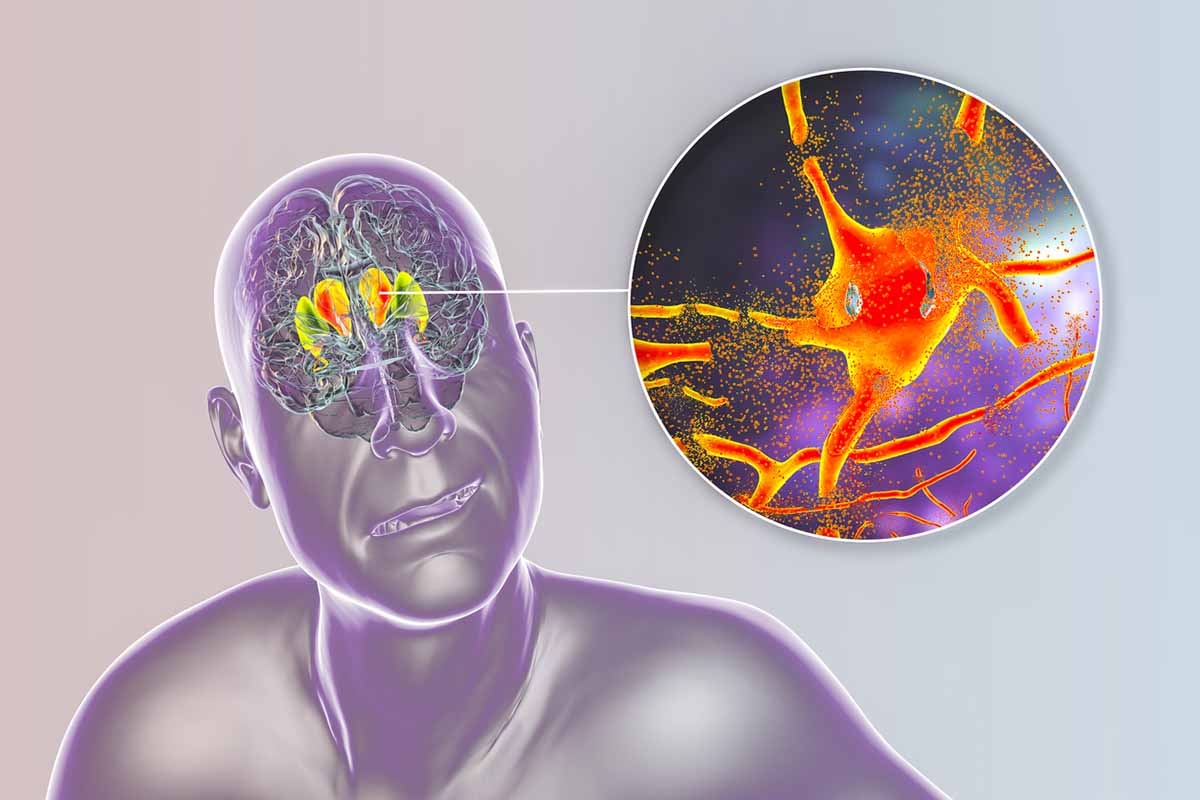Because this piece does not have an abstract, we have provided for your benefit the first 3 sentences of the full text.
To the Editor: Telogen effluvium (diffuse alopecia) resulting in excessive hair loss is a very unpleasant side effect of valproate treatment, most often occurring in the first months of treatment. The pathophysiologic mechanism is not well understood. Yet, a disruption of the biotin metabolism by valproate has been suggested as a possible cause.
This work may not be copied, distributed, displayed, published, reproduced, transmitted, modified, posted, sold, licensed, or used for commercial purposes. By downloading this file, you are agreeing to the publisher’s Terms & Conditions.
A Case Report of Biotin Treatment for Valproate-Induced Hair Loss
To the Editor: Telogen effluvium (diffuse alopecia) resulting in excessive hair loss is a very unpleasant side effect of valproate treatment, most often occurring in the first months of treatment. The pathophysiologic mechanism is not well understood. Yet, a disruption of the biotin metabolism by valproate has been suggested as a possible cause.1,2 Biotin deficiency was recently found in 38% of the cases in a sample of women with hair loss.3 Previous research showed efficacy of biotin treatment in cases of children with epilepsy and valproate-induced hair loss.4 Here, we present a case of successful introduction of biotin treatment in an adult patient with bipolar disorder.
Case report. Ms A had bipolar I disorder and had been on lithium monotherapy since age 23; this therapy was continued for 18 years, with 2 drug-free intervals followed by manic episodes. At 42 years of age, Ms A’s tubular interstitial nephritis had progressed to a degree at which lithium was replaced by carbamazepine monotherapy.
After 4 years, carbamazepine-associated deterioration of liver functions necessitated a switch to valproate, with good clinical effect. However, she developed telogen effluvium 1 month after the introduction of valproate treatment with no other significant side effects. No other associated risk factors for hair loss could be identified. At 9 months after starting valproate, severe hair loss was still present, and she developed serious doubts about the continuation of valproate.
Ms A was treated with 10,000 µg of biotin daily, with no side effect. Three months later, her excessive hair loss completely disappeared, and she was content to have her usual hair volume again. Twelve months later, the biotin treatment was tapered off at her request. Now, 7 years later, with the patient still successfully on valproate treatment, no recurrence of hair loss has developed.
First, we would like to underline that this is but a single observation. Case reports such as this one have serious methodological flaws, such as the possibility of a psychogenic cause of the telogen effluvium or a self-limited course. The present case report is in line with the scarce literature suggesting that micronutrient deficiencies can play a part in hair loss pathophysiology.
As hair loss can have various causes, we recommend checking blood count, liver functions, endocrine functions (thyroid dysfunction, hyperandrogenism, hyperprolactinemia), and nutritional status (zinc, iron, proteins). When other possible causes are excluded, dose reduction of valproate can be considered as well.
Still, the present case suggests that adding biotin can be a simple, safe, and effective treatment option for a subgroup of patients with valproate-induced hair loss.
References
1. Yilmaz Y, Tasdemir HA, Paksu MS. The influence of valproic acid treatment on hair and serum zinc levels and serum biotinidase activity. Eur J Paediatr Neurol. 2009;13(5):439-443. PubMed doi:10.1016/j.ejpn.2008.08.007
2. Schulpis KH, Karikas GA, Tjamouranis J, et al. Low serum biotinidase activity in children with valproic acid monotherapy. Epilepsia. 2001;42(10):1359-1362. PubMed doi:10.1046/j.1528-1157.2001.47000.x
3. Trüeb RM. Serum biotin levels in women complaining of hair loss. Int J Trichology. 2016;8(2):73-77. PubMed doi:10.4103/0974-7753.188040
4. Castro-Gago M, Gómez-Lado C, Eir×s-Pu×±al J, et al. Serum biotinidase activity in children treated with valproic acid and carbamazepine. J Child Neurol. 2010;25(1):32-35. PubMed doi:10.1177/0883073809336118
aReinier van Arkel Mental Health Institute, ‘ s-Hertogenbosch; and Department of Psychiatry, Radboud University Medical Centre, Nijmegen, the Netherlands
bDepartment of Psychiatry, Canisius-Wilhelmina Hospital, Nijmegen, the Netherlands
Potential conflicts of interest: None reported.
Funding/support: None reported.
J Clin Psychiatry 2017;78(7):e838
https://doi.org/10.4088/JCP.17cr11469
© Copyright 2017 Physicians Postgraduate Press, Inc.
This PDF is free for all visitors!




